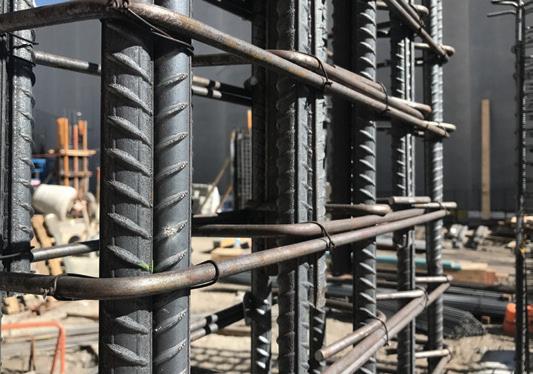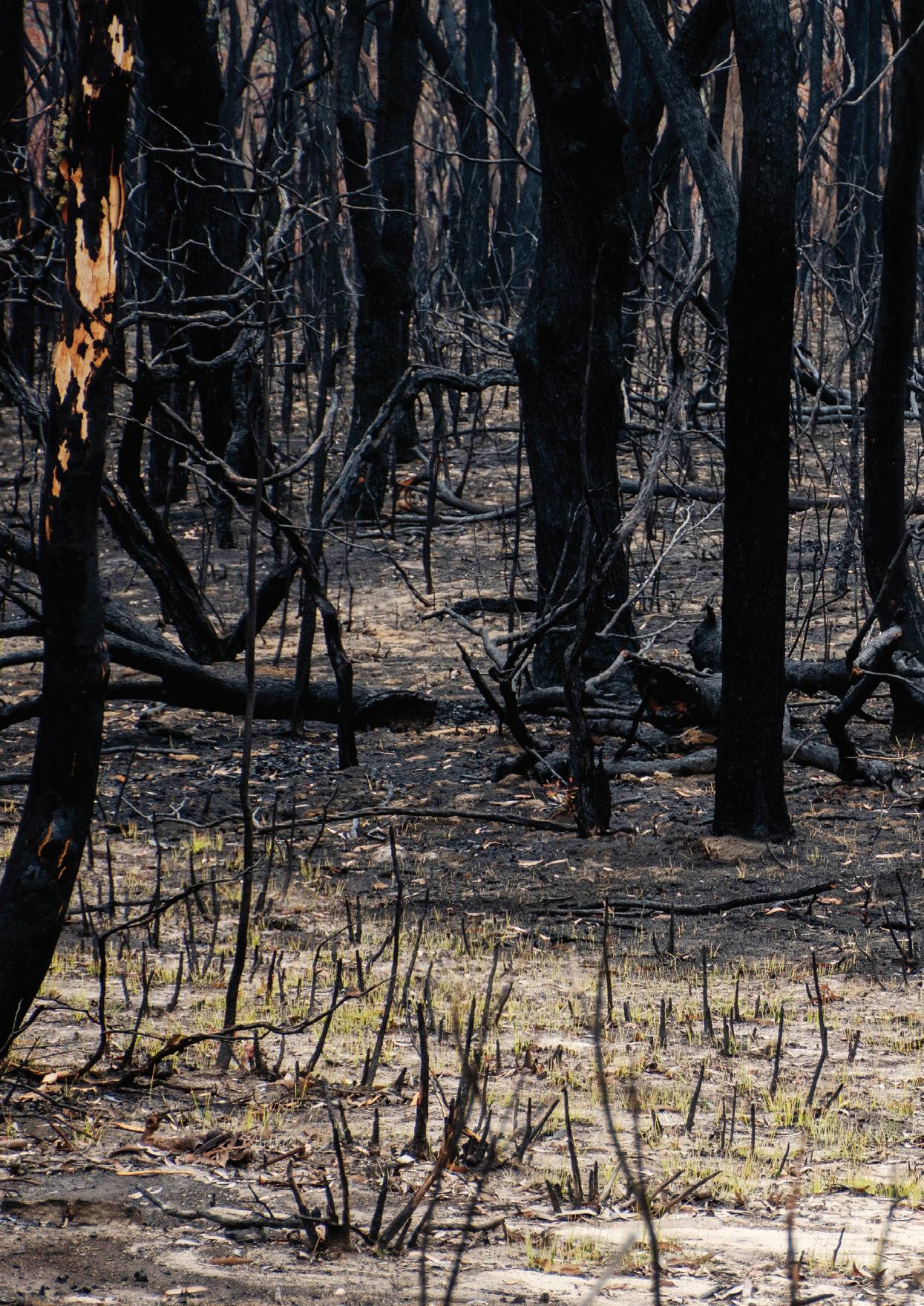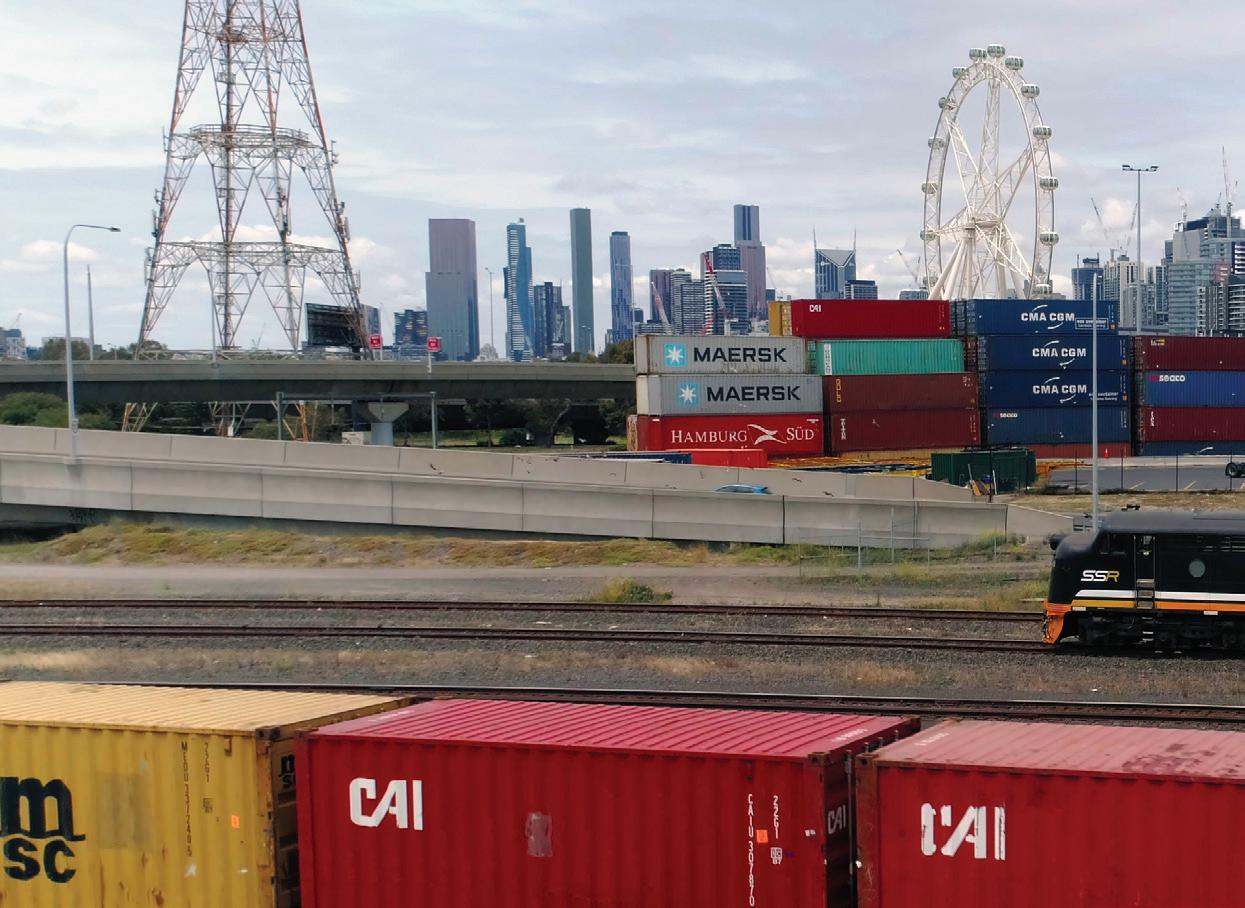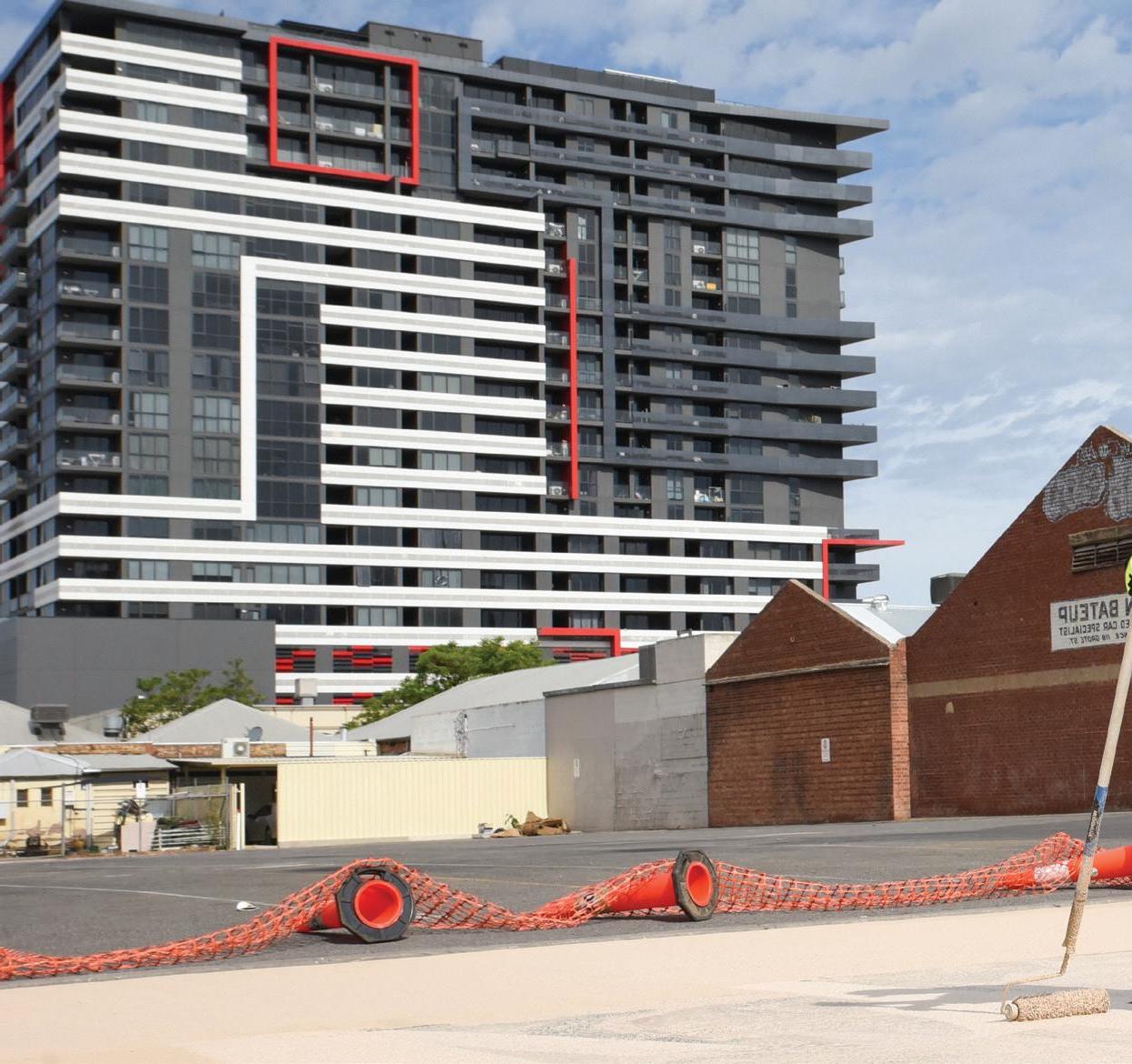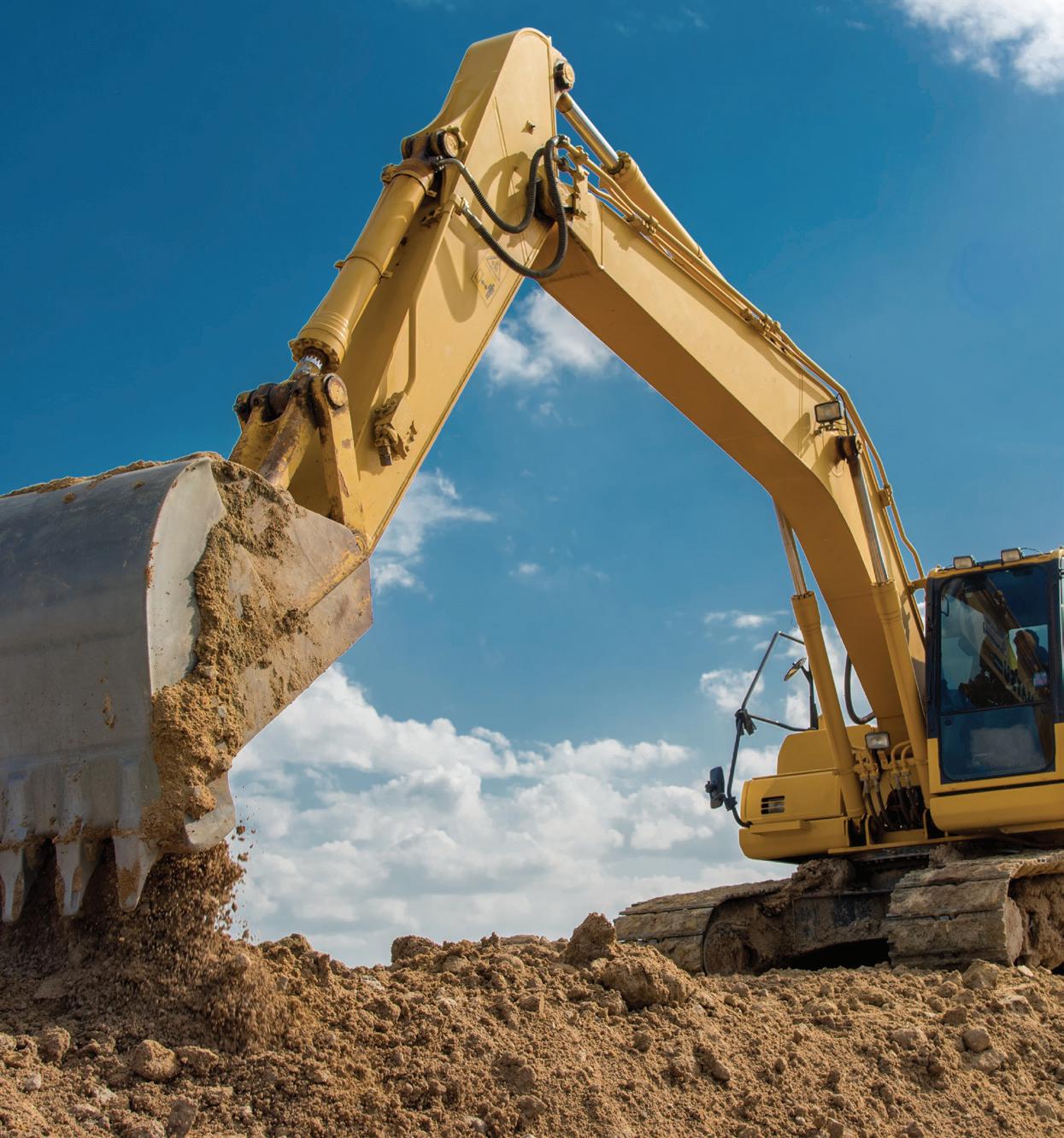CRANES & HEAVY LIFTING
INCIDENT DATA CHANGE IN THE by John Humphries, VIC-TAS Safety Liaison Officer, The Crane Industry Council of Australia
The Crane Industry Council of Australia (CICA) and Worksafe Victoria have embarked upon a new collaboration involving the collection of raw incident data involving cranes and the construction industry dating back to January 2019, in an effort to increase site safety.
U
ntil now, such data was considered too politically sensitive due to the complexity around determining root cause(s), legal liability, penalties, and outcomes. To overcome this issue and avoid interference with any ongoing investigations or reputational damage, the data has been de-identified and certain fields of information have been removed. The information that remains is defined in broad categories and preliminary factual descriptions of equipment type, job type and incident type from which we can learn a surprising amount about what is really going wrong out there when an accident happens. Worksafe Victoria has played a large part in not only unlocking the previous calendar year's data, but also securing the approval and paving the way for ongoing quarterly data instalments to be available to industry.
72
Two CICA Safety Bulletins have already been released focusing on topics that relate to the analysis and findings from this raw data and what these accumulating statistics point to. As time goes on, we will learn more and more about the nature of construction incidents involving cranes.
COLLECTING CRUCIAL DATA This project follows the groundbreaking work of RMIT whose 2015 paper entitled Causes of Fatal Accidents Involving Cranes in the Australian Construction Industry studies a ten-year period from 2001-2013 during which 359 workers died in the Australian construction industry from work related causes. Of these, there are 258 ‘closed cases’ of which 22 involved a crane. The work of RMIT focused on fatalities only, and as such, captured a limited number (22) cases that had run their course through our courts.
18 separate incidents that involved a crane in Q1-2020.
These incidents were also spread over a ten-year period, and during that time, equipment and technology have advanced immensely and standards/ best practices and training have evolved. Where the RMIT paper proved immensely valuable, was the utilisation of the ‘Loughborough Model’ citing ‘immediate circumstances’, ‘shaping factors’, and ‘originating influences’, as well as specific details and breakdown of each incident, since this information was no longer legally suppressed.







